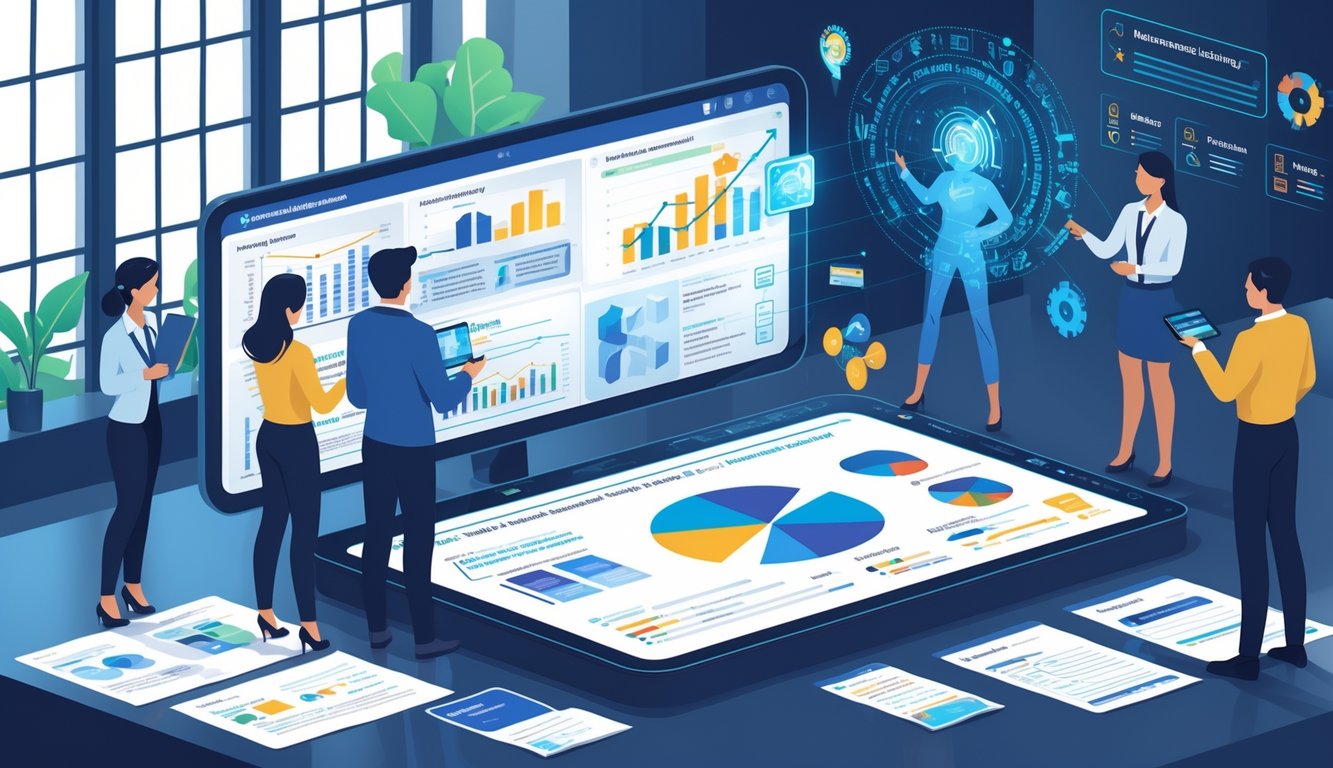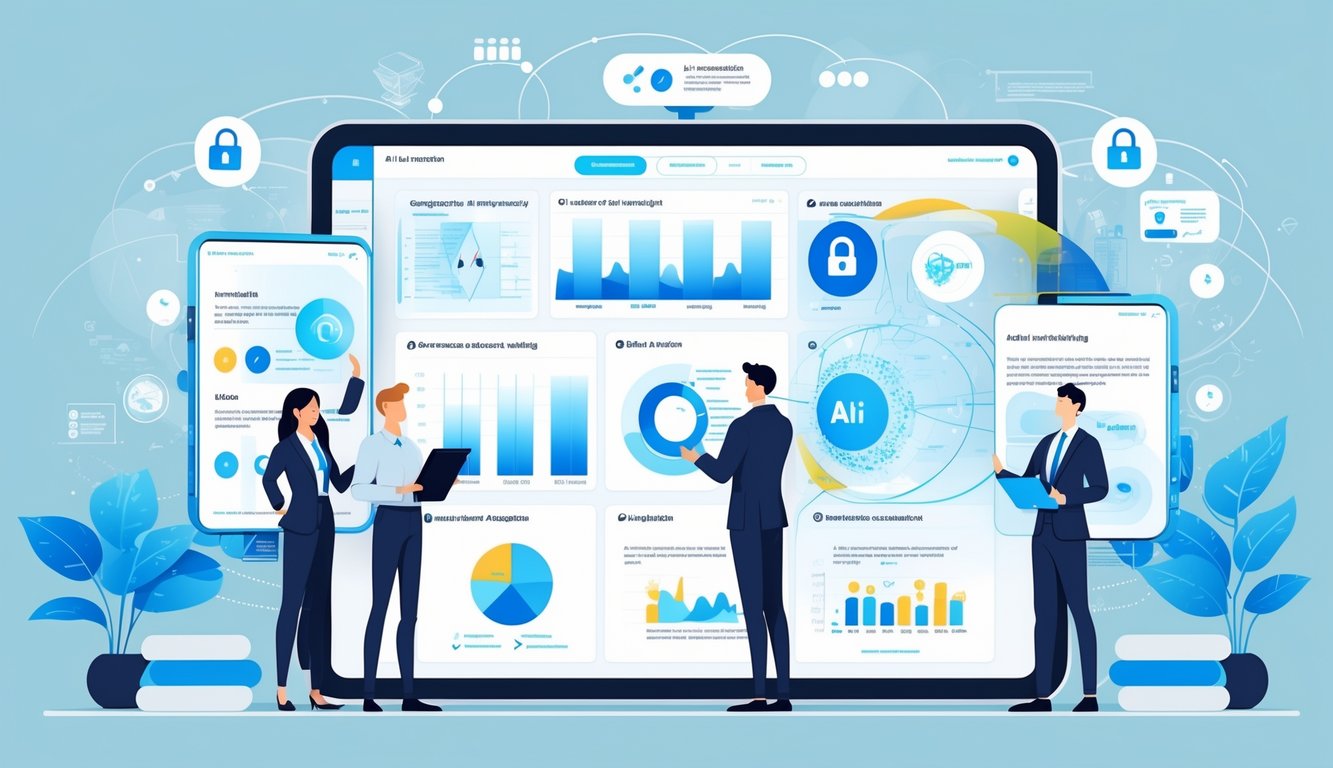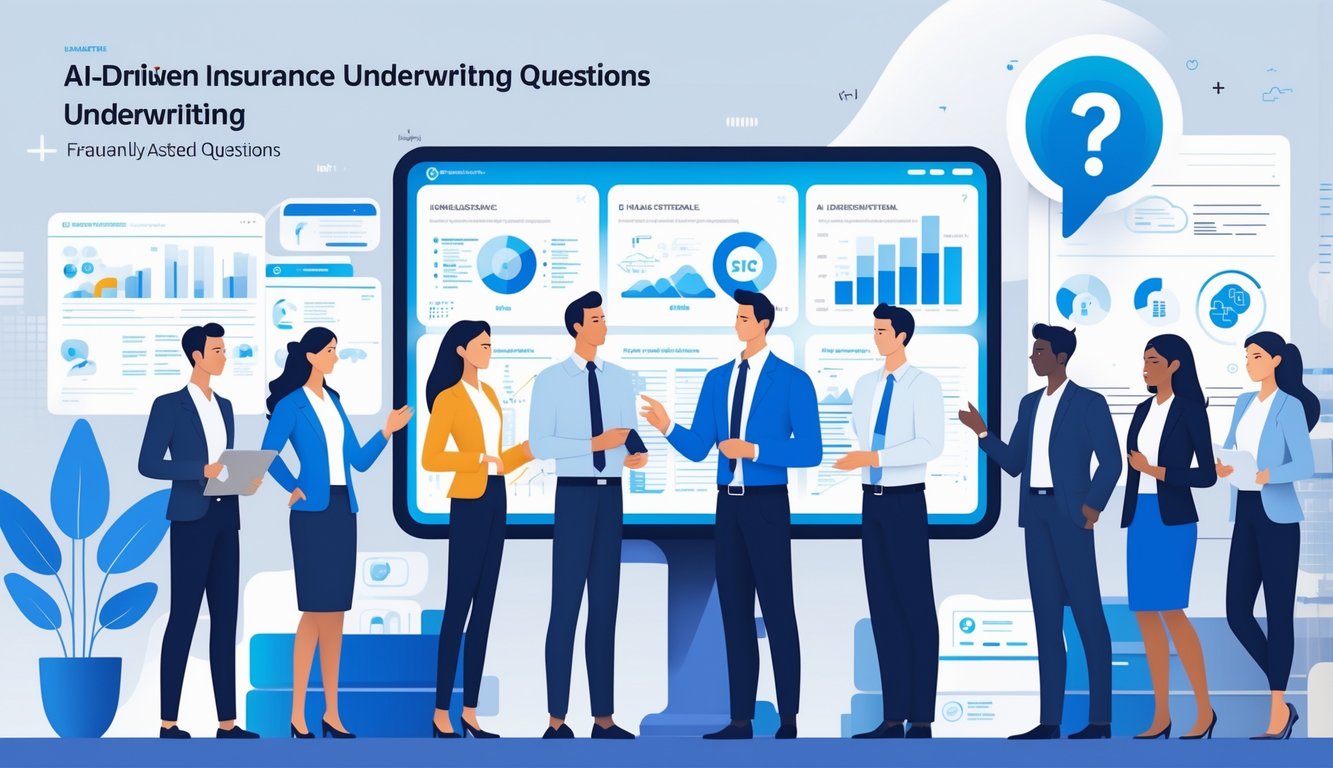Artificial intelligence is shaking up insurance underwriting by letting you assess risks faster and with more accuracy. AI insurance underwriting relies on data and algorithms to evaluate insurance policies, making things smarter and smoother for both insurers and clients. This shift is changing the insurance world and opening up new ways to handle complicated risks.

You’ll notice AI tools now analyze real-time data, legal trends, and claims history.
They provide better risk scoring without needing to overhaul your existing systems.
This means your coverage can keep up with new challenges, like those from new tech and changing rules.
As AI keeps getting better, underwriting will become more reliable and easier to access.
You’ll find it easier to handle the changing insurance world with a bit more confidence.
Key Takeaways
- AI boosts accuracy and speed in insurance risk evaluation.
- New tech helps insurers handle emerging and complex risks.
- AI-powered underwriting supports smarter decisions and growth.
Fundamentals of AI Insurance Underwriting

AI insurance underwriting uses advanced tech to improve risk assessment and decision-making.
It streamlines data handling and cuts down on human mistakes.
If you look at these changes, you’ll see why AI is now so important in insurance.
How Artificial Intelligence Powers Modern Underwriting
Artificial intelligence changes underwriting by quickly analyzing lots of data.
You can use AI to check risks from all sorts of sources, like customer history, market trends, and even biometric info.
AI models find patterns that people often miss.
This improves risk prediction and pricing.
You’ll notice decisions come faster, with less manual work.
AI keeps learning from new data, which means it gets better over time.
Your underwriting process becomes more consistent, and you’ll see fewer mistakes and less bias.
It’s easier to handle tricky cases, and you can check data thoroughly to meet regulations.
Key Differences From Traditional Underwriting Approaches
Traditional underwriting relies mostly on human judgment and set rules.
You depend on experience and limited info, which slows things down and can cause mistakes.
AI underwriting uses machine learning to get better with each case.
It takes over repetitive stuff like data entry and document checks, so you can focus on the tough problems.
AI can handle both structured info (like policy details) and unstructured stuff (like emails or social media).
This gives you a more complete view of risk.
Decisions come much faster with AI.
You might wait days or weeks with old methods, but now it can take just hours or minutes.
Core Technologies: Machine Learning, Automation, and Cloud Computing
Machine learning (ML) sits at the core of AI underwriting.
ML algorithms use old data to predict risks and suggest prices.
As you feed in more data, your models get sharper on their own.
Automation takes care of repetitive workflows.
It can verify documents, schedule inspections, or flag oddities, which means less manual labor and fewer mistakes.
Cloud computing gives AI the storage and power it needs.
You can keep big data sets and run complex algorithms without spending a fortune on IT.
These tools together make your underwriting more flexible and quick to adjust.
You’ll be able to keep up with changes and manage risks better.
If you want to know more about how AI is changing underwriting, check out how firms plan to boost AI spending at US insurers to more than double AI investment in the next 3-5 years.
Benefits, Challenges, and Future Trends in AI-Driven Underwriting

AI-driven underwriting helps you get more accurate, faster results and better decisions by using new tools and data.
It changes how you look at risk and personalize insurance, but you’ll need to handle tech and data wisely.
Balancing efficiency with security and integration is a real challenge.
Enhancing Risk Assessment and Selection
AI lets you analyze huge amounts of data, both structured and unstructured.
This means you can spot patterns that old methods might miss.
Predictive analytics help you pick the right risks and set fair premiums.
You can use AI to customize policies for each customer, which keeps people happier and more likely to stay.
Generative AI and OCR (optical character recognition) help you pull info from documents fast, cutting down on mistakes and speeding things up.
Improving Underwriting Efficiency and Data Precision
Automation makes underwriting workflows faster and smoother.
With AI workbenches and chatbots, you can cut out manual tasks like data entry.
That frees up underwriters to tackle the complicated stuff.
AI improves data precision by lowering human error.
Old systems can make this tough, but rolling out AI in steps helps with compatibility.
As your company puts more into AI, you’ll notice faster claims processing and better customer service, which help underwriting, too.
Overcoming Implementation Challenges and Security Concerns
You’ll run into real hurdles with AI, especially if you’re working with old systems and sensitive data.
Mixing AI with legacy tech can slow things down and cause workflow gaps.
Many companies take it slow, rolling out AI in stages to avoid big disruptions.
Security is a big worry.
AI can bring in bias and open you up to compliance risks if you don’t have strong policies.
You need to protect sensitive info and keep up with changing regulations.
Good governance, solid training, and clear rules for using AI help reduce these risks and keep customer trust.
For more details on these struggles and where AI investment is headed, see this Wipro report on AI in insurance.
Frequently Asked Questions

AI is changing how insurance companies judge risk, speed up claims, and train staff.
It’s also shifting how underwriting works in mortgage lending, raising questions about fairness and transparency.
How is AI changing the process of insurance underwriting?
AI helps you check risk faster by sifting through loads of data in seconds, not days.
It supports your decisions by working with underwriters, not replacing them.
Predictive models let you spot risks early, so you can act before problems pop up.
What are the benefits of using AI for insurance claims processing?
AI speeds up claims reviews by handling documents and data automatically.
You get fewer errors and quicker answers.
It also helps catch fraud by finding odd patterns in claims.
Which companies are leading in AI-powered insurance underwriting?
Startups like AllDigital use cloud-based AI as their backbone.
Big names such as Liberty Mutual, Intact Financial, Allstate, and Manulife are rolling out AI across underwriting, claims, and customer service.
What advancements were made in AI insurance underwriting by 2022?
By 2022, AI could review tricky contracts in seconds and use agentic AI to see future risks coming.
Investment in generative AI and compliance automation jumped.
Training programs also started teaching new AI skills.
How does AI underwriting in mortgage differ from traditional methods?
Mortgage AI underwriting uses machine learning to dig into data more deeply and faster than old rule-based ways.
This means quicker decisions, better risk predictions, lower costs, and more accuracy for you.
What are the ethical considerations in employing AI for insurance underwriting?
You’ve got to make sure AI stays transparent, fair, and secure.
People need to keep an eye on AI decisions, just to be safe.
Bias can sneak in, and there’s always the worry about data privacy.
That’s why you really need strong governance frameworks when you bring AI into the mix.
If you’re curious about how AI is changing insurance, check out its impact on the industry here.






